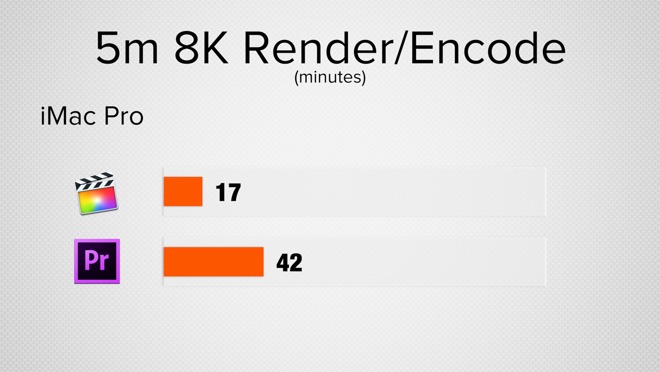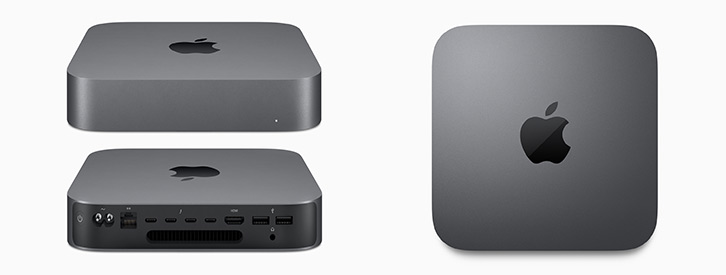

In other words, the old rules about how much RAM we need don’t apply to M1 systems the way they did with Intel systems. This means that a system with, say, 16 GB RAM may be as efficient as an Intel system with 32 GB. CPU, GPU and AI systems all use the same form of data stored in RAM without duplication. The M1 makes this duplication unnecessary.

NOTE: Here’s an article that discusses M1 systems in more detail. All these copies mean that we need lots of RAM simply to work with our data. With Intel systems, whenever data is loaded into RAM, it needs to be optimized for the CPU, then again for the GPU, then again for whatever other process needs to work with it. One with (2) Thunderbolt / USB 4 ports, (2) USB 3 ports, gigabit Ethernet, and a maximum of 2 TB SSD internal storageīoth options start with 8 GB of RAM, both can expand up to 16 GB of RAM and both are 1/2 the weight of a 27″ iMac (9.88 pounds).One with (2) Thunderbolt / USB 4 ports, optional gigabit Ethernet and a maximum of 1 TB SSD internal storage.Some may not matter, others may matter a lot – each of us is different. While there is no bad news with the M1 iMac, there are a variety of limitations that you need to think about. This is especially true if you have a computer which is older than, say, 2017. If pure performance is your goal, you will be delighted with an M1 iMac.

In terms of sheer performance, the M1 blows the doors off just about everything else in the Mac ecosystem. Delivered in seven colors and sporting the new M1 system-on-a-chip, it generated a lot of email from editors asking my thoughts.įirst, and this is most important, as Ars Technica reported: “Apple sees the M1 as an entry-level chip.” This statement is key to understanding where the M1 iMac fits. One of the exciting announcements from Apple on Tuesday was news of the soon-to-be-released 24″ iMac.


 0 kommentar(er)
0 kommentar(er)
